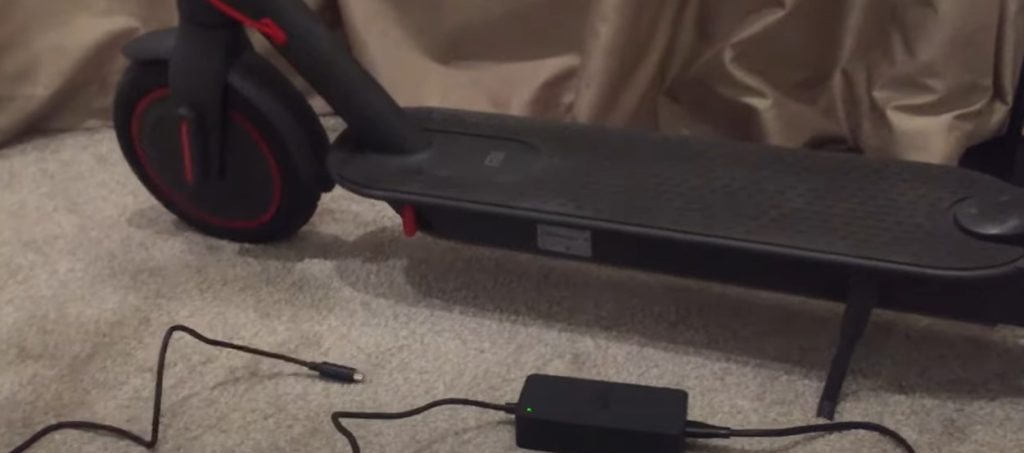How to Charge Electric Scooter Without Charger? ” An electric scooter without its original charger , you can use universal charger or other matching voltage and connector type. Charging an electric scooter without dedicated charger can be tricky, but it’s doable if you know the right approach.
Electric scooters have become increasingly popular as a convenient and eco-friendly mode of transportation. As riders seek flexibility in their charging options, understanding alternative methods to charge an electric scooter becomes essential, especially when the original charger is not available.
This knowledge ensures riders are never left stranded and can efficiently manage their scooter’s battery life.
Quick problem-solving techniques like using a universal charger are beneficial for maintaining mobility and ensuring the longevity of the electric scooter’s battery.
Always ensure the substitute charger aligns with the scooter’s voltage requirements to prevent battery damage and maintain safety standards.
Table of Contents
ToggleExploring Charging Alternatives
Imagine your electric scooter runs out of charge, but the charger is nowhere in sight. No need to worry! There are clever ways to get your scooter rolling again. Let’s explore some creative charging alternatives that could save the day.
Using Usb Ports
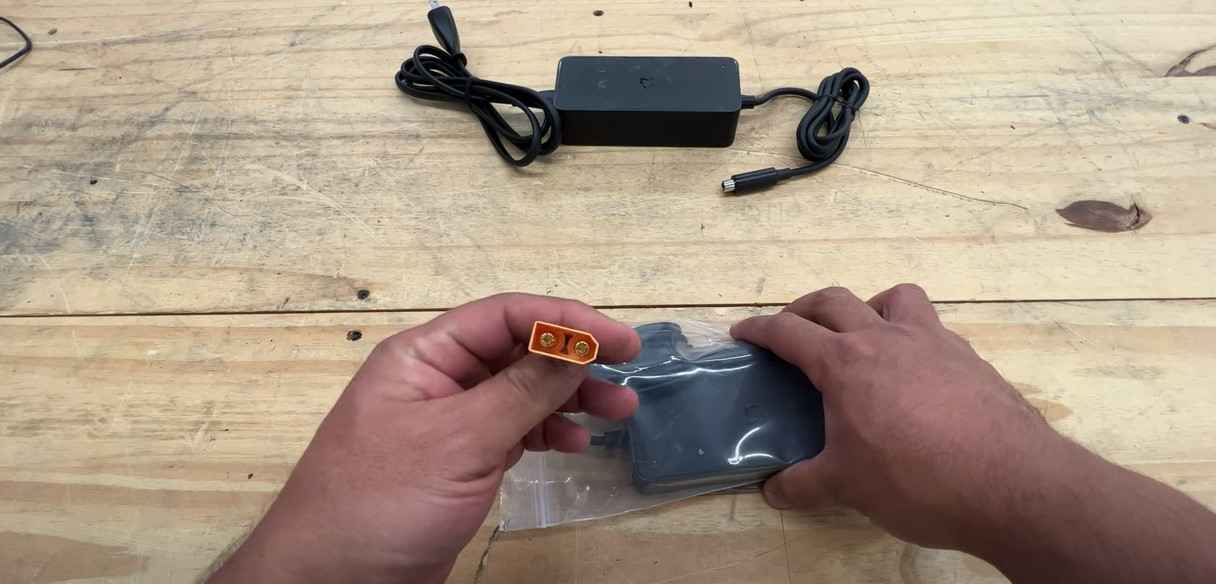
Some electric scooters feature built-in USB ports for emergencies. Here’s how to charge with USB:
- Find a USB cable compatible with your scooter’s port.
- Connect the USB to a power source like a laptop or power bank.
- Watch the magic happen as your scooter slowly gains power!
Note: This method may not suit all scooter models. Check your scooter’s manual first.
Tap Into Solar Charging Options
Solar chargers are eco-friendly and excellent for off-grid adventures. Charge with the sun:
- Get a solar panel charger with the right voltage for your scooter.
- Place the solar panel under direct sunlight.
- Hook up your scooter and watch the battery level rise.
Remember that weather and time of day affect solar charging efficiency.
Finding The Right Voltage Source
Charging an electric scooter without its charger can be tricky. It is important to find a voltage source that matches the scooter’s requirements. This ensures safety for both the rider and the scooter’s battery. Knowing how to identify and adjust the right voltage and current is critical in this process.
Identify Compatible Power Sources
Finding a power source that is compatible with your electric scooter involves a few key steps:
- Check scooter’s voltage: Look at the specifications on your scooter or in the manual.
- Find a source: Seek out power supplies that match the electric scooter’s needs.
- Confirm plug type: Ensure the plug can connect to your scooter’s charging port.
- Inspect for damage: Before using, check the new source for any signs of wear or damage.
Adjusting Voltage And Current
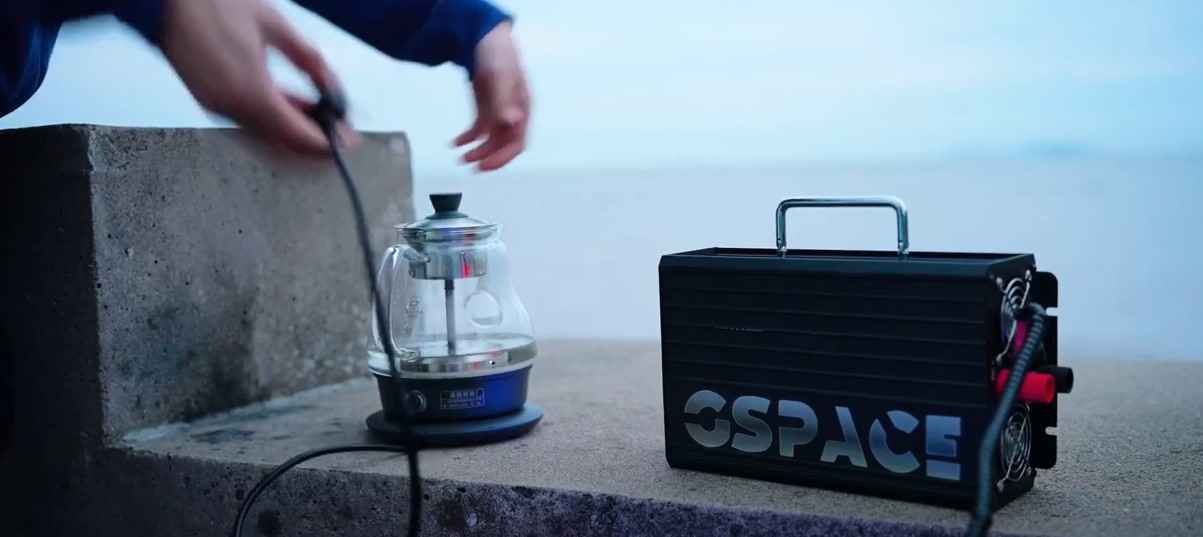
Getting the voltage and current right is essential to avoid damage:
| Step | Action |
|---|---|
| 1. Voltage check | Use a multimeter to measure the voltage of the power source. |
| 2. Match voltage | Adjust the power source to match the scooter’s voltage exactly. |
| 3. Current setting | Refer to the scooter manual to set the right current. |
Diy Charger Assembling Basics
Stuck with a dead electric scooter and no charger? No worries! With a few tools and some basic knowledge, you can create a DIY charger at home. This simple guide explains how to assemble a basic charger using readily available components. Learn to power up that scooter in no time.
Gather Necessary Components
Before starting, ensure you have all the needed parts. You’ll need:
- Electrical wires: To connect components.
- Connectors: To safely link wires to your scooter’s battery.
- Voltage regulator: To control the charging rate.
- Power supply: Must match the scooter’s battery specifications.
- Multimeter: To test your DIY charger.
- Soldering iron (optional): For secure connections.
- Electrical tape: For safety and insulation.
Step-by-step Assembly Guide
Follow these steps to assemble your charger:
- Match specifications: Confirm the voltage and current of the power supply aligns with your scooter’s battery.
- Prepare wires: Cut to length and strip ends.
- Attach connectors: Fix to one end of the wires, confirming a snug fit to the battery terminals.
- Regulate voltage: Connect the voltage regulator in-line with the positive wire.
- Final connections: Join the power supply output wires to the regulator and connectors using solder or twist methods.
- Insulate: Use electrical tape to cover any exposed wiring or joints.
- Test: With the multimeter, verify output before connecting to your scooter.
Check the connections twice. Safety is key. Always double-check your DIY charger for proper function before each use.
Safety Measures During Charging
Charging an electric scooter without a charger calls for careful steps. Wow, look at these tips, they’ll keep you safe! Follow every safety measure listed here to avoid accidents and scooter damage. Let’s make sure you and your scooter stay safe during this charging adventure!
Risk Assessment
- Check the battery condition before trying alternate charging methods.
- Never use a damaged battery; it can be really dangerous.
- Insulate exposed wires to prevent short circuits. Use tape or rubber caps.
- Avoid charging near water or flammable materials. They’re not friends.
Precautions To Prevent Damage
| Precaution | Description |
|---|---|
| Correct Voltage | Use a power supply matching the scooter’s voltage. |
| Current Regulation | Limit the current to recommended levels. |
| Monitoring | Keep an eye on the charging process. |
| Disconnect | Unplug immediately if the scooter feels hot. |
Remember to charge in a well-ventilated area. This allows heat to dissipate. Don’t leave the scooter alone while it’s charging. Always aim for a full charge. This helps the battery live longer.
Adapting To Power Bank Usage
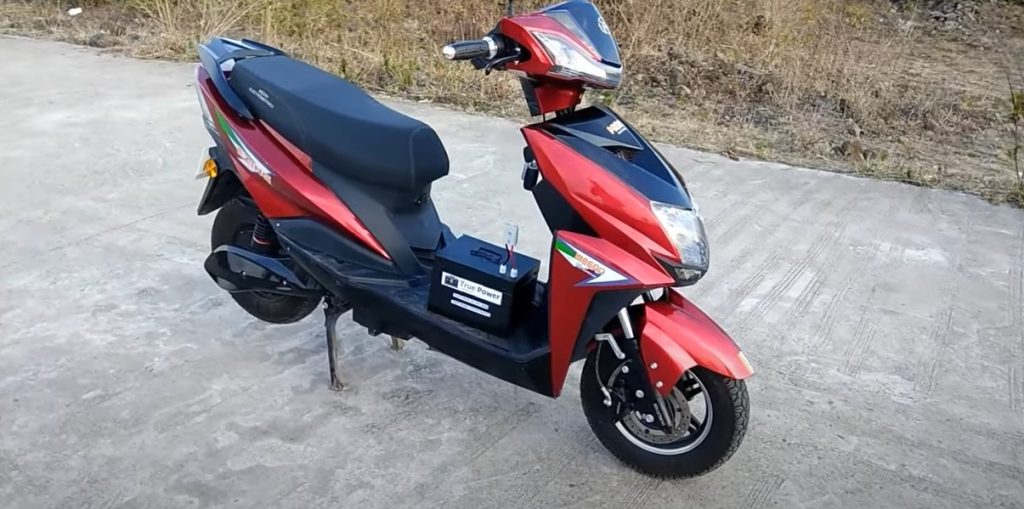
Are you stuck with a dead electric scooter battery and no charger in sight? Don’t worry! You can use a power bank. Here’s how:
Choosing A Suitable Power Bank
Find a power bank with enough juice to charge your electric scooter. Check these points:
- Look for high-capacity power banks.
- Ensure the output voltage matches your scooter’s requirements.
- Check for fast charging features.
- Select power banks with multiple output ports.
Connection Protocols
Connecting your scooter to a power bank is easy. Remember these steps:
- Use a correct cable with compatible connectors.
- Adjust the output settings on the power bank if necessary.
- Connect the cable to the scooter’s charging port.
- Start charging and monitor progress.
Maximizing Charge With Car Batteries
Using a car battery to charge an electric scooter can be a lifesaver. This method helps when traditional charging options are not available. With the correct tools and knowledge, a car battery serves as a great alternative power source. Let’s explore how to harness this power safely and effectively.
Converting Car Battery Power

To charge your scooter with a car battery, you need a DC to DC converter. This device changes the car battery’s voltage to match your scooter’s charging requirements. Ensure you choose a converter that can handle the amperage and voltage. The steps are simple:
- Identify the voltage and amperage of your scooter’s battery.
- Select a DC to DC converter that matches these specs.
- Connect the converter to the car battery.
- Attach the output of the converter to your scooter’s charging port.
Ensuring Compatibility
Compatibility is necessary in this charging process. A mismatch can lead to damage or ineffective charging. Here’s what you need to confirm:
- The converter’s output voltage aligns with your scooter.
- The connector type fits your scooter’s charging port.
- Both the car battery and the converter have enough capacity to fully charge your scooter.
Use a multimeter to double-check the voltage and current. This step ensures the safety and longevity of your scooter’s battery. Keep a close eye on the charging process and disconnect everything once the scooter is fully charged.
Pro Tips For Efficient Charging
Imagine having a fully charged electric scooter every time you need it! With these pro tips, you can charge your scooter efficiently, even without a standard charger. Boost your scooter’s battery to its best without a hitch. Let’s dive into smart charging methods that save time and extend your battery’s life.
Optimal Charging Times
Charging your electric scooter at the right time matters. Aim for mild temperatures – extreme heat or cold can harm the battery. Overnight charging is a no-go. Batteries prefer short, regular top-ups to staying plugged in for long hours. Your scooter’s manual might suggest the best times. Stick to that and keep the charging times consistent for best results.
- Charge your scooter during off-peak electricity hours for cost savings.
- Avoid charging right after a ride. Let the battery cool down first.
- Partial charges are better than full overnight charging sessions.
Maintaining Battery Health
Getting the most from your scooter’s battery isn’t magic. It’s all about good habits. Keeping your scooter’s battery health in check is simple. Don’t let it hit extreme lows or stay at full charge for too long. This keeps the battery stress-free. Use a voltmeter to monitor its state. Clean battery contacts regularly to ensure effective power transfer. Give your scooter battery a longer, happier life with these steps:
| Action | Impact on Battery |
|---|---|
| Regular use | Improves longevity |
| Storing at partial charge | Prevents battery stress |
| Monitoring charge levels | Guards against overcharging |
Respect the manufacturer’s guidelines for charging without the official charger. Look for compatible charging equipment that matches the scooter’s specifications. Remember, safety first! Always use certified products and follow charging precautions to avoid accidents.
- Check battery specifications in the manual.
- Find a compatible charging device with matching voltage and current.
- Never leave the battery charging unsupervised.
Troubleshooting Common Issues
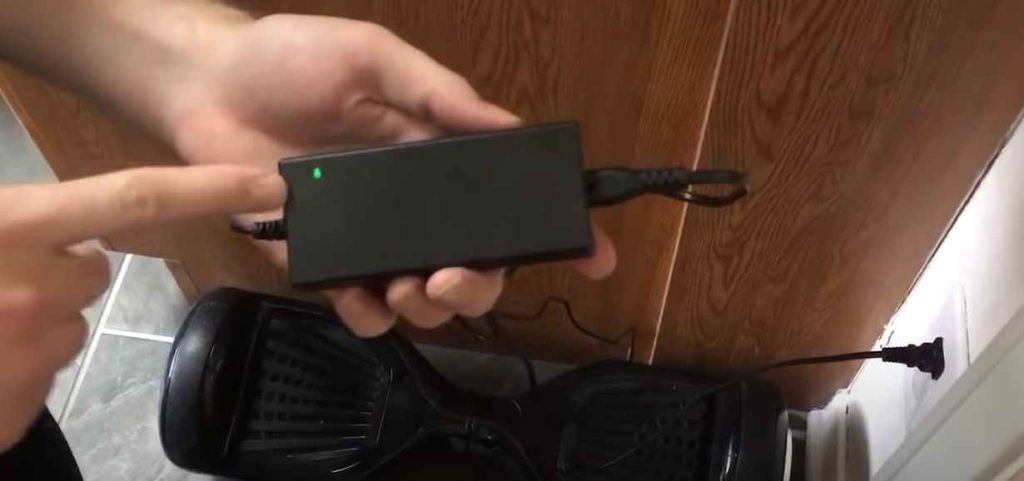
Have an electric scooter with a missing charger? This can be tricky. But don’t worry!
This section will help. We’ll fix common problems when charging without a charger. Let’s dive in.
Overcoming Connection Problems
Your scooter refuses to charge? This might be a connection issue. Follow these steps:
- Check the battery port. Make sure it’s clean.
- Use a multimeter. Test for a secure connection.
- Inspect cables for damage. Replace if needed.
No luck? Try different charging cables. Some work better than others.
Solving Power Fluctuations
Is your scooter’s power inconsistent? That’s a sign of power fluctuation. Below is a fix.
- Stabilize Voltage: Use a power stabilizer.
- Check Connections: Make sure they’re tight.
- Test the Battery: Maybe it’s the battery’s fault.
Still stuck? Professional help is the way to go. They can find and fix flaws.
Future Of Scooter Charging
Imagine a world where electric scooter charging is seamless and easy. That future is not far off. Soon, scooters will charge without traditional chargers. This opens up exciting possibilities for riders everywhere.
Wireless Charging Prospects
Wireless charging is the next big leap for electric scooters. It means charging pads in parking spots. Riders simply park and scooters charge—no plugs involved. This tech is convenient and efficient. Picture cities filled with these pads, offering easy charging for everyone.
- No more tangled wires
- Automatic charging
- Integration into urban infrastructure
Innovative Charging Technologies
Tech advancements are making scooter charging smarter. Solar panels are emerging on some models. Kinetic energy harvesting is another breakthrough. Scooters may soon charge while you ride. This technology can revolutionize scooter travel.
| Technology | Benefits |
|---|---|
| Solar Charging Panels | Use sunlight to charge, promoting sustainability |
| Kinetic Energy Systems | Convert motion to energy, charging while riding |
Frequently Asked Questions For How To Charge electric scooter without Charger
What Can I Use To Charge My Electric Scooter?
To charge your electric scooter, use the compatible charger provided by the manufacturer. Alternatively, a third-party charger with the correct voltage and connector type may also work. Always ensure it matches your scooter’s specifications to avoid damage.
How Do I Manually Charge My Scooter Battery?
To manually charge your scooter battery, locate the charging port, plug in the compatible charger, and connect it to a power outlet. Allow the battery to charge until it reaches full capacity, then disconnect the charger.
Can You Charge A Electric Scooter With A Different Charger?
It’s not recommended to charge an electric scooter with a charger other than the one provided by the manufacturer. Using an incorrect charger can damage the scooter’s battery or pose safety risks. Always use the designated charger for your specific electric scooter model.
Can I Use My Laptop Charger To Charge My Electric Scooter?
Using your laptop charger to charge your electric scooter is not recommended. Ensure compatibility in voltage and amperage to prevent potential damage. Always use the manufacturer-provided charger for safety.
Conclusion
Charging your electric scooter without the original charger is possible. Stay prepared with alternative methods and enjoy uninterrupted rides. Follow these tips to keep your scooter powered up and ready to go. Safe scooting!

